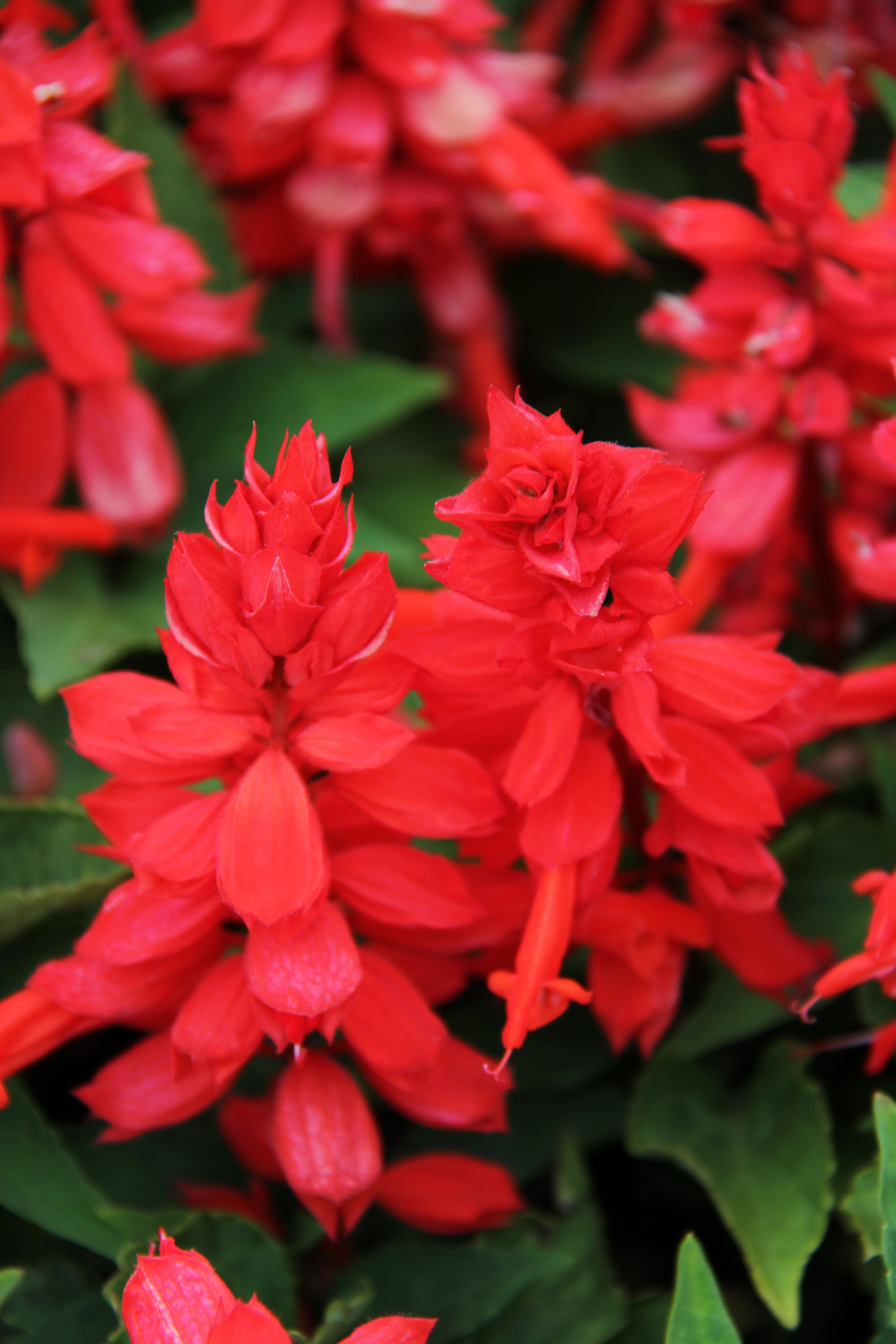Physical characteristics
A compact
Flowers and foliage
Numerous cultivars are available ranging in colour from the traditional
Preferred site
Plant in
Preparation for planting
Prepare the planting site when soil is moist and easily worked after the first rains in autumn. This way the soil is still warm so the
With suitable preparation and care,
Bedding
Maintenance tips
It is advisable to add organic matter such as compost to the soil every second year and an
This plant has moderate feeding requirements. If in beds a soluble multi-feed used every six weeks is adequate. Monthly feeding is preferable if in containers or hanging baskets. This feeding will ensure prolific blooming and healthy strong
Bedding
Most salvias require well-drained soil and are ideally suited to growing in semi-shade in Auckland gardens.
Ecological and biodiversity benefits
Flowers attract bees.
Pests and diseases
Relatively pest and disease free but slugs may attack new
Location at Auckland Botanic Gardens
Salvia Garden
Interesting facts and tips
Horticulturists have selected and hybridised wild forms to create very compact and floriferous varieties that come in a range of colours including




.jpg?width=1200&height=1200&v=1d4024dceb89e50)

.jpg?width=1200&height=1200&v=1d5569224d63650)
 .jpg?width=1200&height=1200&v=1d4024df6ce2770)
.jpg?width=1200&height=1200&v=1d55676a892f2b0)
 .jpg?width=1200&height=1200&v=1d4024e3b65f7f0)